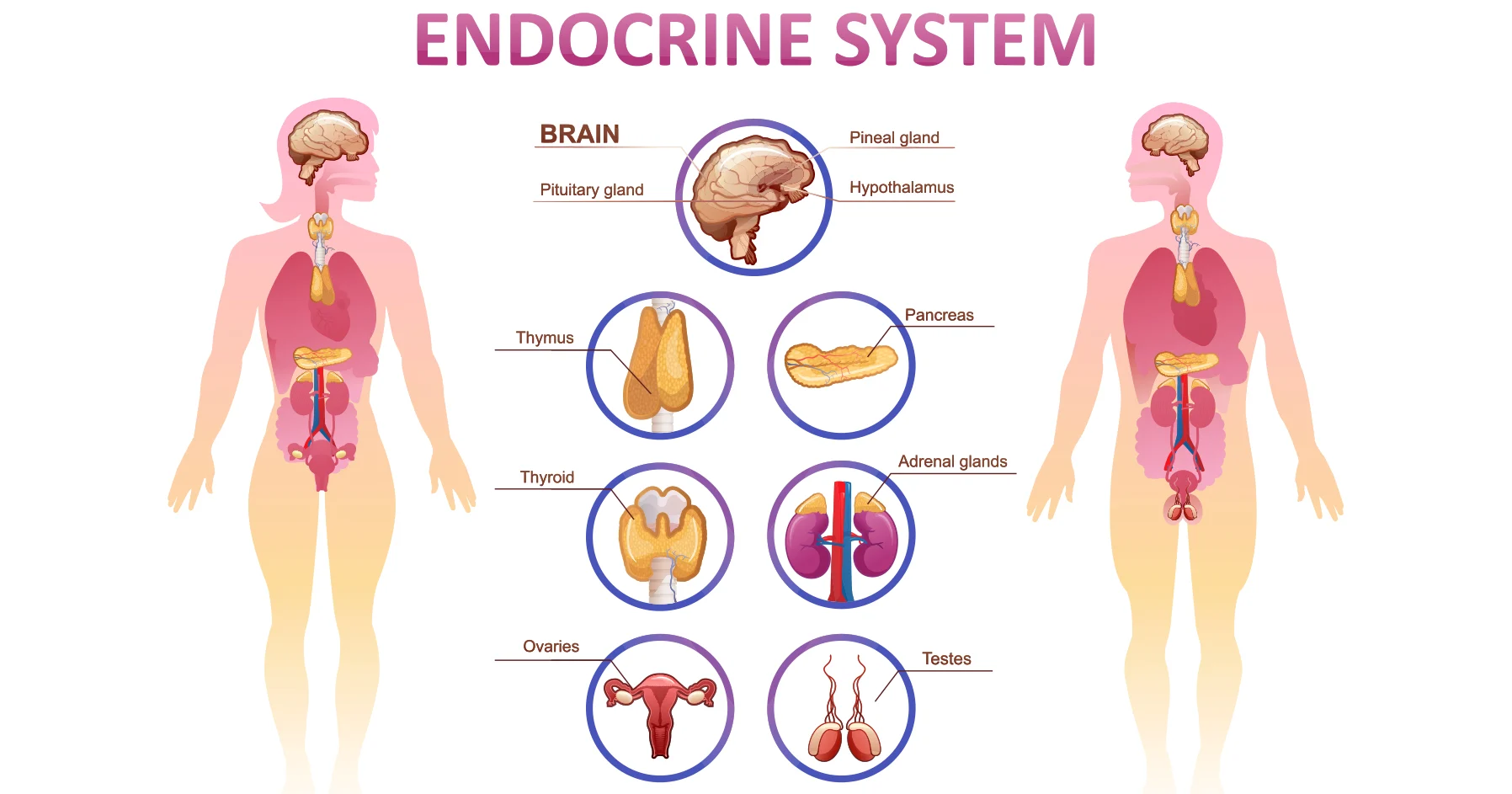Physical Growth & Development
TOPICS COVERED IN THIS LESSON
• (a) Physical Growth and Development
• (b) Factors Affecting Physical Growth and Development
Physical growth and development
Physical growth and development refer to the development of the body’s muscles, bones, energy systems, and nervous system.
• Our rate of bodily growth—changes in physical structure and appearance—is not constant but tends to occur in “spurts.”
• Physical growth and development feature observable patterns, but there are always slight or moderate variations from individual to individual.
• The patterns of human growth and development also vary between males and females in important ways.
Peak Height Velocity
Researchers have observed that boys and girls exhibit growth spurts at different periods of time during adolescence.
• Peak height velocity (PHV) is a measure of the maximum rate of growth in stature (height) that occurs during a growth spurt.
• PHV increases over a one- or two-year period around the time of puberty.
• Girls reach their peak height velocity of an 8 cm increase per year at around age 12. On the other hand, boys typically reach their peak height velocity of a 10 cm increase per year at around age 14.
Critical Periods of Human Growth and Development
Researchers have also found that there are certain periods of growth and development that can be regarded as “critical periods.”
• For example, during the transition from childhood to puberty (around the beginning of the teen years), hormonal changes make our bones more susceptible to growing and becoming denser. This is, therefore, a critical period of human growth and development.
• Evidence shows that the stronger our bones are at a young age, the more protection they will have against bone decay and conditions such as osteoporosis later in life.
DIFFERENT RATES OF GROWTH FOR DIFFERENT BODY PARTS
• Cephalocaudal sequence. Growth progresses first in the head, followed by the trunk, and then the extremities.
• Proximodistal sequence. Body movements that originate close to the center of the body develop earlier than those that originate farther away from the center.
Factors Affecting Physical Growth and Development
Many factors, on their own and in combination, affect physical growth and development. These factors include:
• Glandular and hormonal activity
• Heredity
• Nutrition and diet
• Physical activity
• Sociocultural factors
Glandular and Hormonal Activity

The endocrine system plays an important role in our overall growth and development.
• The endocrine system is the collection of glands that produce and release hormones that regulate metabolism, growth and development, tissue function, sexual function, reproduction, sleep, and mood (among many other things).
• It is made up of the pituitary gland, thyroid gland, parathyroid glands, adrenal glands, pancreas, the ovaries (in females), and the testes (in males).
• These glands secrete hormones that travel throughout the blood to the various organs and tissues of the body.
• Different hormones come into play at different stages of our lives and can have a major effect on our physical and emotional development.
Heredity
Heredity refers to the transmission of genetic characteristics from parents to their offspring.
• Many researchers believe that there may be some genetic factors that affect physical growth and development independently of the many known external factors (activity level, diet, etc.).
• Beyond the obvious (skin color, height, etc.), drawing any definite and clear-cut links between a person’s genetic heritage and the main patterns of growth and development has proved to be difficult (and is fraught with controversy).
Nutrition and Diet
Nutrition and diet are obviously very important to healthy growth and development.
• What we eat and drink can have a strong bearing on our ability to perform both regular, day-to-day tasks and more complicated, strenuous activities.
• Physical growth is also affected by diet—an inadequate or unbalanced diet can lead to serious problems in physical development.
• Researchers are finding that children who are obese are more likely to become obese adults.
• There are many immediate and long-term health consequences of unhealthy nutrition— type-2 diabetes, hypertension (high blood pressure), high cholesterol, breathing and sleep problems, joint problems, and social and psychological problems.
Physical Activity
Physical activity performed from a young age can promote an individual’s physical growth and development and contribute significantly in other areas as well.
• Research shows that optimal growth and development is enhanced by moderate to vigorous physical activities each day.
• Screen time should be limited, as should motorized forms of transport, extended sitting, and other sedentary activities.
• Physical literacy—becoming confident and competent across a wide range of physical activities—is critical to long-term healthy growth and development.
Sociocultural Factors
Sociocultural factors refer to influences within our communities and our society at large that encourage or discourage participation in physical activities and sports. Some of these factors include:
• Financial and other resource restraints that can impact or prevent participation in physical activity.
• Lack of access to role models, coaching and instruction, and recreational facilities.
• Prejudice and discrimination based on race, color, gender, or sexual orientation.
• Beliefs, values, morals, customs, and traditions that might either encourage or discourage an active lifestyle.
SUMMARY
• Certain periods of human growth and development can be regarded as critical periods.
• The human body grows and develops according to two main sequences: the cephalocaudal sequence and the proximodistal sequence.
• Factors affecting human growth and development include glandular and hormonal activity, heredity, nutrition and diet, physical activity, and sociocultural factors.